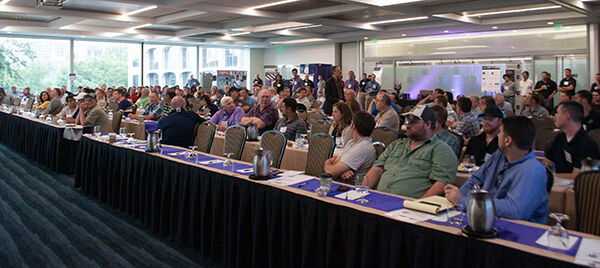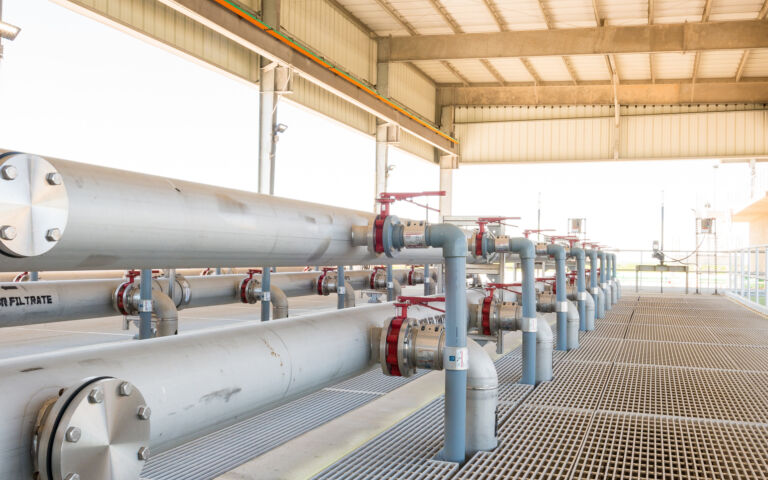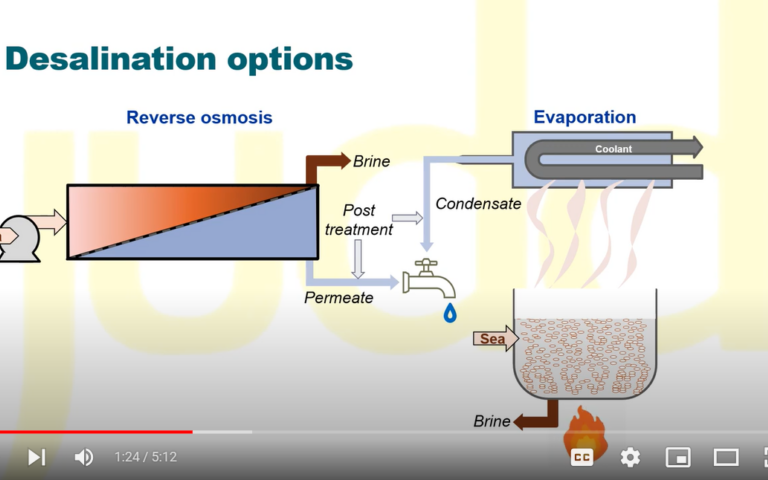MBR operators converge on Texas

Simon Judd has over 35 years’ post-doctorate experience in all aspects of water and wastewater treatment technology, both in academic and industrial R&D. He has (co-)authored six book titles and over 200 peer-reviewed publications in water and wastewater treatment.
I was privileged to be invited to the 10th Annual Ovivo MBR Operator’s Workshop in Austin Texas, USA last week (14−15 May 2015). Last year, for the same event, I was only able to present via Webex from Doha, which speaks volumes for the power and efficacy of on-line communication platforms but meant that I didn't get to see the other presentations. This year, I realised what I'd missed.
There’s a limit to how much one can learn from academic research. Many adjectives are used to define academic research in its most favourable light: 'novel', 'ground-breaking', 'innovative' (a word resoundingly misused by all and sundry, it would seem), 'rigorous' and 'methodical' all come to mind. However, the word 'useful' is rarely applied in this context.

Against this, workshops organised by the technology and system suppliers − such as Ovivo’s 10th annual event for MBR operators − never fail to extend one’s knowledge in a practical and constructive way. This is an inevitable consequence of lining up presenters who actually operate the plant, rather than those who research the underpinning science of the process. There is, after all, a limit to the practical application of a litany of confocal microscopic measurements of extracellular polymer deposition on membrane surfaces. At the end of the day, the plants have to be kept running.
For this event, the speakers were roughly equally divided between technology providers and end users, with many presentations jointly delivered by a member of both these camps (a rather neat demonstration of inclusivity).
There was some very persuasive data demonstrating the cost effectiveness of MBR technology through direct comparison of recorded operating costs for full-scale installations. It would be easy to spend two or three paragraphs just deconstructing the data from this one site (in La Center, WA), but if fate is kind the presenter will provide a full article on the subject for The MBR Site (so, watch this space for that one).
Suffice to say, the numbers are somewhat surprising. There were also a few other presentations which could generally be categorised as 'optimisation' and/or 'overcoming challenges' − and, in the latter category, was one particular plant for which the word 'challenging' would be overtly euphemistic. To the unalloyed credit of the operators and technology provider alike, all of these impediments were eventually overcome.

However, I was particularly taken with one presentation dedicated to screening − Understanding Fine Screen Performance by Jim Impero and Kevin Hammler. As early as the late 1990s, Halle van der Roest and Darren Lawrence of DHV − arguably the pioneers of pilot-scale MBR research in Europe − were emphasising the importance of fine screening for maintaining MBR operation. However, I can’t recall ever before having been furbished with the combined numbers for the screen flux (around 1 ft/s, apparently, or about 1 million LMH), screen performance (up to 96% for 3 mm; up to 98.7% for 1 mm) or simple instructions for determining the coarse solids content.
Also, rather gratifyingly, this presentation corroborated the outcomes of a Cranfield study (Stefanski et al. 2011) concerning the deleterious effects of comminution (grinding of solids) upstream of a screen. The presenter also asserted that, at a 1 mm rating of a bi-dimensional screen, ragging is pretty much eliminated, though that smacks rather of tempting providence.
In the interests of equitability, it should be pointed out that many other MBR technology and system providers are also enlightened enough to engage with stakeholders in this way. GE, for example, have recently put on a series of one-day workshops in the Arabian Gulf along similar lines as well as a most enlightening ‘30th anniversary’ event in Hungary in 2012.
But perhaps the most striking thing about the Ovivo event is the extent to which it has grown year-on-year, both in terms of participant numbers and in the scope of the subject matter.
Whereas 10 years ago subjects tended to revolve around reuse and added-value applications, it now appears that MBRs are economically competitive with a technology such as an SBR on the basis of the reduced overall O&M costs.
Stakeholder acceptance of the technology appears no longer to be an issue in the US, and those areas of the globe where the technology is still regarded with suspicion appear ever more reactionary and obdurate.
It would be foolish to overlook the practical challenges imposed by the technology − as it would be for any other wastewater treatment process − but more foolish still to ignore the increasing evidence of the real economic benefit offered. Roll on 2016.







